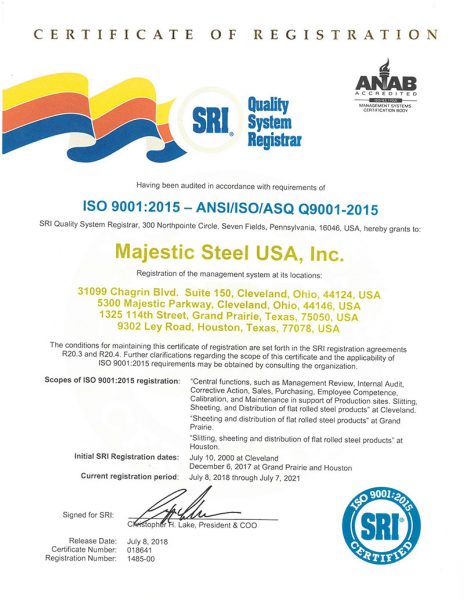Steel Lead Times: Crucial For Healthy Supply Chains
Understanding Steel Lead Times is Vital to Your Supply Chain
What are steel lead times?
Lead time is “the time between the initiation and completion of a production process.” When we think of lead times we think about two different timelines. The first being between our orders with the mills and product getting to our warehouses. Then the second, the time between steel leaving our warehouses and arriving to our customers.
How do they affect the market?
Lead times can have a range of impacts on the steel market. They’re a leading indicator of demand. When lead times are long, mills are usually busier as they try to keep up with demand. More often than not, buyers will experience higher prices with longer lead times. Shorter lead times can mean that suppliers have a steady and manageable demand; keeping projects on schedule and prices lower than high demand situations.
What should you do?
Watch lead times from mills and your other material suppliers to understand how long it will take to receive orders and maintain a healthy inventory. Knowing where the supply situation is heading can help you manage your inventories and plan for the future. Majestic’s CORE Report follows mill lead times along with other indicators every week to see where the market stands.

